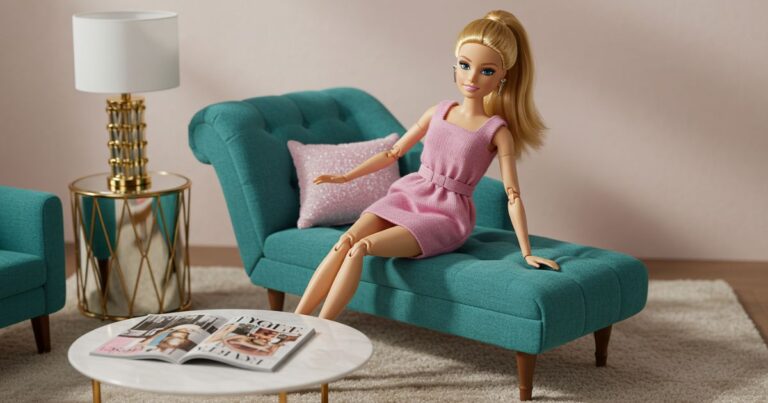The Historical Significance of Dollhouses
Dollhouses have a rich history dating back to 16th-century Europe, where they began as “baby houses” – display cabinets showcasing wealth and domestic ideals rather than children’s toys. These elaborate miniature homes served as status symbols, demonstrating the owner’s taste, prosperity, and knowledge of current fashions in furniture and decoration.
The famous Nuremberg kitchens of the 17th and 18th centuries represented some of the earliest standardized dollhouse rooms, complete with tiny cooking utensils, dishes, and food items. These weren’t merely decorative but served educational purposes, teaching young women about household management and domestic skills.
Queen Mary’s Dolls’ House, created in the 1920s and housed at Windsor Castle, remains one of the most famous examples of miniature craftsmanship. This masterpiece features working electricity, plumbing, and even a library stocked with original works by famous authors of the era, all written specifically for the dollhouse.






